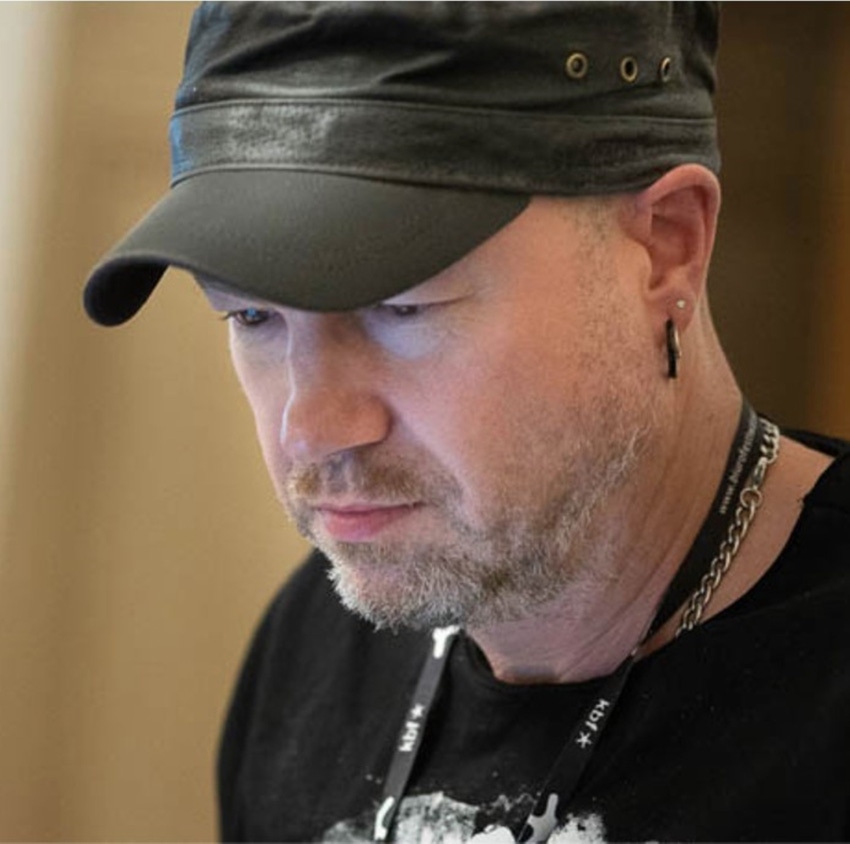
Connects decision-makers and solutions creators to what's next in quantum computing
Q&A with Quantinuum chief scientist Bob Coecke

Quantum computing and the underlying physics can be difficult for a layperson to get their head around. PopSci bookshelves are heaving with tomes aiming to explain the principles to dummies or, in one case, babies.
A new book by Quantinuum chief scientist Bob Coecke and co-author Dr. Stefano Gogioso, “Quantum in Pictures” aims to demystify quantum computing, explaining how the technology works using pictures and five simple rules.
In this Q&A, Coecke discusses how the book explains some of the most important concepts in quantum mechanics in a fun, game-like way via pre-Socratic philosophy and the mathematics of the future.
Enter Quantum: What prompted you to write “Quantum In Pictures?”
Ross Duncan, the head of software at Quantinuum and I came up with a visual language called ZX Calculus in 2007, and it hasn't changed at all, but we learned more about it.
For a long time, the mainstream quantum computing community ignored it saying this new technology couldn't explain everything about quantum and wouldn’t be used. We submitted papers and a European computer science community got behind it and we saw more potential and Peter Shor started teaching it.
I set up an experiment to get people to demonstrate its usefulness. We took a bunch of high school kids, taught them this stuff, and then set them up against university students, and gave them the same exam to see who would win.
The book started as the syllabus for this experiment but became a thing in its own right. It’s published by Quantinuum rather than a publisher, which gave us complete freedom about the end product.
Initially, it was for a course for high school students, but who's the target audience now?
Pretty much everybody. There’s this thing that you need to get into sophisticated mathematics and stuff to get into quantum. People are trying to make quantum programming courses where they give you “recipes” on how to program a quantum computer, but that’s not learning quantum.
There’s a quote that’s attributed to Richard Feynman: “Shut up and calculate.” Don't try to understand the truth, don't try to build a worldview. Despite being accessible to very young people or people without a math background, this book gives a completely different view of the world.
If you go back 2,500 years and look at pre-Socratic philosophy, there was this idea of a bifurcation between people who thought about the world in terms of everything being static versus everything being a process.
This fundamental idea of this book came out of thinking about quantum mechanics as a process and stuff like that. We realized that even super-abstract mathematics could be represented as nothing but pictures.
What's the one thing you wish people understood about quantum computing?
The one thing people need to understand is it's not just about quantum computing – it’s about a quantum world. It teaches us something we thought we already knew but didn’t, and definitely didn't know how it was related to math.
The way we think in math is typically by trying to understand things by breaking things down. Now, if you meet a person, you don't want to know their intestines. You want to know how the two of you can talk to each other and relate to each other.
In science, we didn't do that. We wanted to always look inside things. What quantum mechanics forced us to do – and we're still in the process of trying to accept that – is that's not the way to look at science is to look at how things interact with each other in a fundamental way.
This book is teaching a new generation of thinkers a completely new way of thinking about science in general, not just about quantum. It's about how things relate to each other. And it requires a new kind of mathematics that didn't exist until the 1980s. Initially, it looked completely abstract. And now it's becoming the simplest kind of mathematics because we're turning it into pictures. These are the mathematics of the future.
About the Author(s)
You May Also Like
.png?width=100&auto=webp&quality=80&disable=upscale)
.png?width=400&auto=webp&quality=80&disable=upscale)




